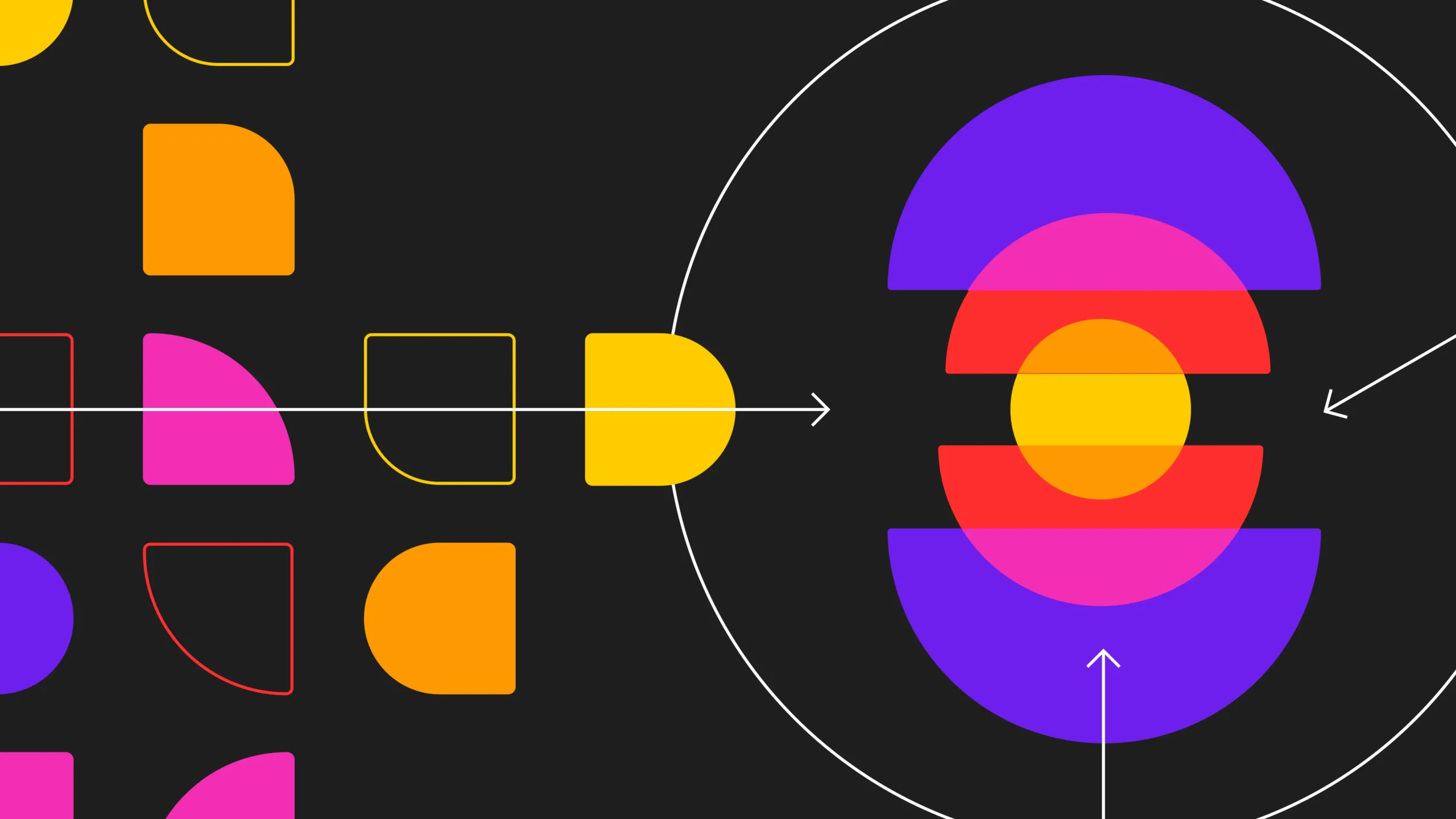If you’re running a business, you know it’s crucial to understand your customers. One tool that can help is a customer journey map.
You can gain invaluable insight by examining the various stages your customers go through when interacting with your business. This insight is foundational for building a UX-centric company culture and strategy.
Here are 7 methods to analyze a customer journey map for improved customer understanding and business growth.
Identify pain points and friction
To analyze a customer journey map, first, find any problems or difficulties your customers face. These could be delays in response time, confusing website navigation, or poor customer service. By pinpointing these issues, you can eliminate them and enhance the overall customer experience. Remember, a happy customer is a returning customer!
Measure customer satisfaction levels
Understanding how satisfied your customers are at each journey stage is key. You can gather this information through surveys, social media listening, or even review monitoring. Analyzing customer satisfaction will help you identify which stages need improvement and which are already exceeding expectations. This data-driven approach allows you to prioritize your efforts effectively.
Assess conversion rates
Conversion rates are vital metrics in any business. By analyzing your customer journey map, you can track conversion rates at each stage, from initial awareness to the final purchase. This information will reveal potential drop-offs and bottlenecks in the journey, enabling you to optimize the process and maximize conversions. Even a slight increase in conversion rates can lead to significant revenue growth!
Understand customer emotions
Emotions play a massive role in the decision-making process. Tap into the emotional aspects of your customers’ experiences. Positive emotions lead to loyalty and advocacy, while negative emotions can drive customers away. Understand your customers’ feelings and adapt your approach to meet their needs and desires at every interaction.
Segment customer groups
Every customer is unique. Studying your customer journey map can assist you in organizing your audience based on their preferences, actions, and requirements. Once you identify these distinct groups, you can create personalized marketing strategies for each segment. This targeted approach increases the chances of engaging customers effectively and building lasting relationships.
Track customer interactions across channels
In today’s digital age, customers interact with businesses through various channels: websites, social media, email, and more. Analyzing your customer-journey map across these channels helps you understand the omnichannel experience. You can identify which channels are most effective and optimize others that may not be delivering the desired results. Providing a consistent experience across all channels is essential for customer satisfaction and loyalty.
Monitor customer journey evolution
A customer-journey map is not a static document; it evolves as your business grows and changes. Regularly monitoring the customer journey helps you stay up-to-date with customer preferences and expectations. As you adapt to meet these evolving needs, you can maintain a competitive edge in the market.
Start today
Analyzing a customer journey map helps you understand your customers’ experiences and needs. Remember, a customer-centric approach is the key to building strong, long-lasting relationships with your audience.
Start analyzing and developing your customer journey map using a template. Or, get in touch via sales@clockwork.com — we can help!




